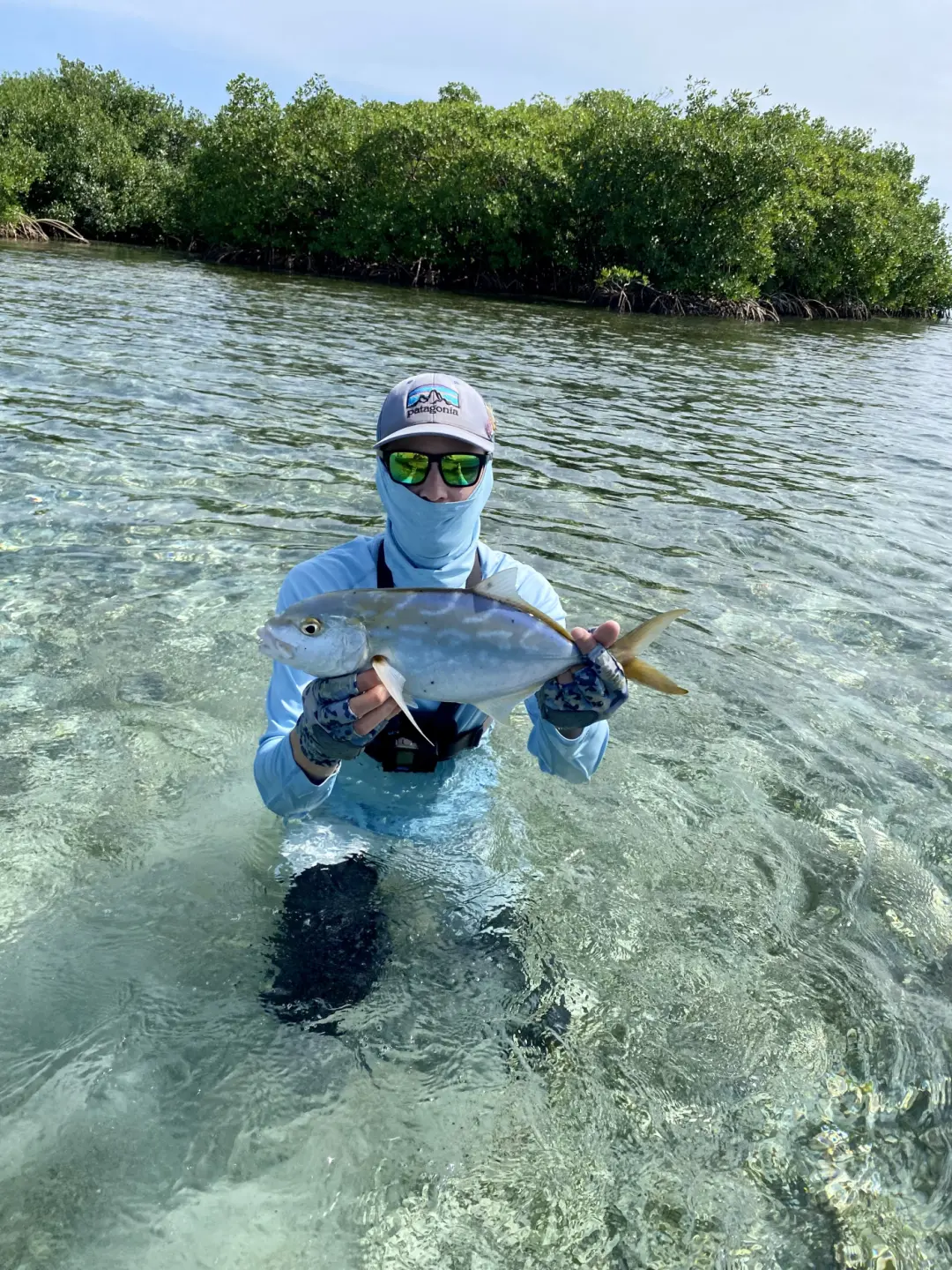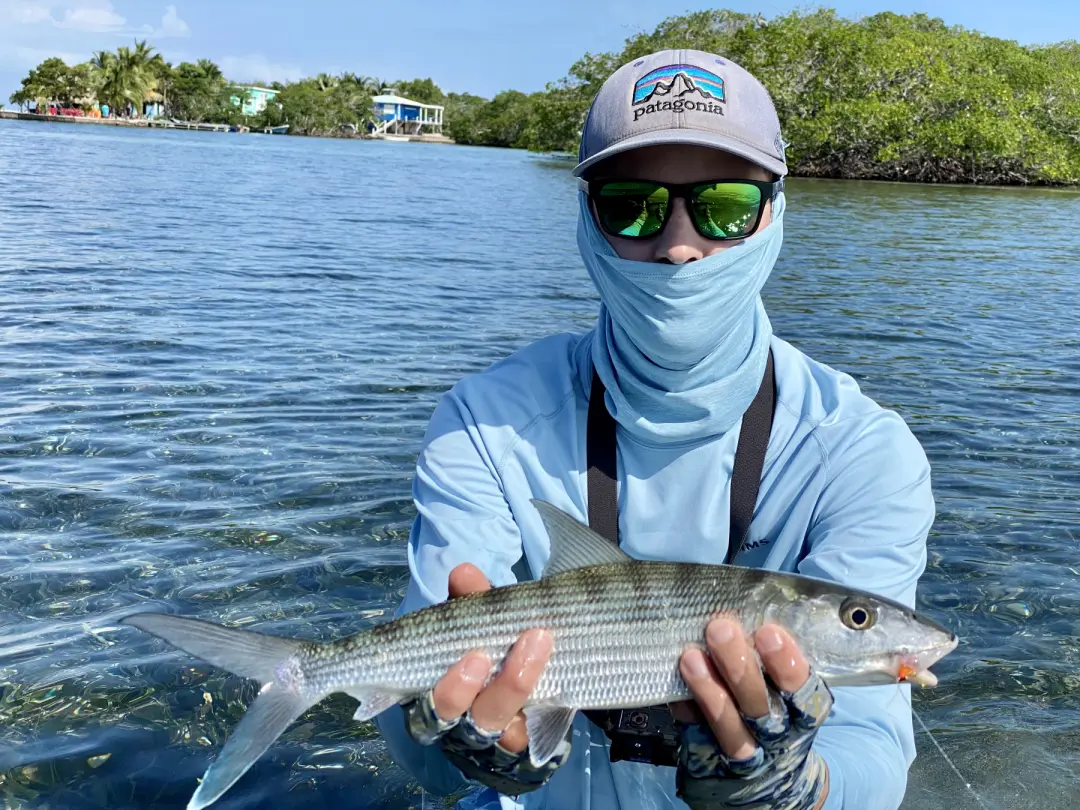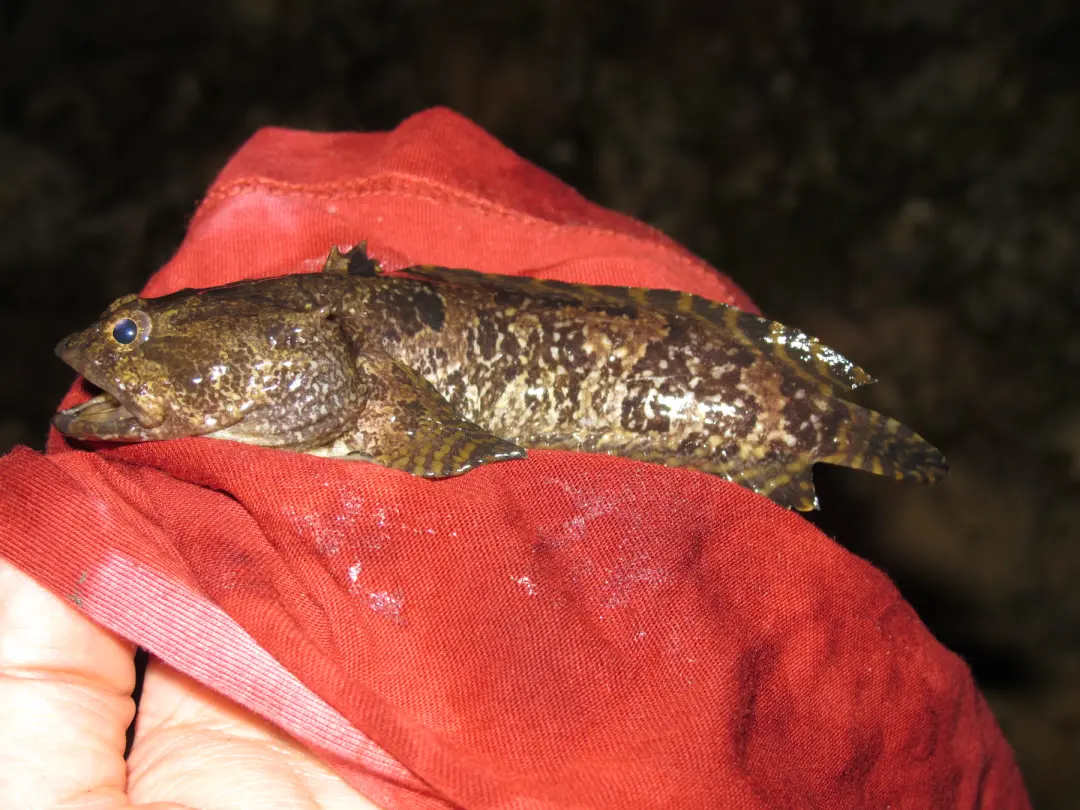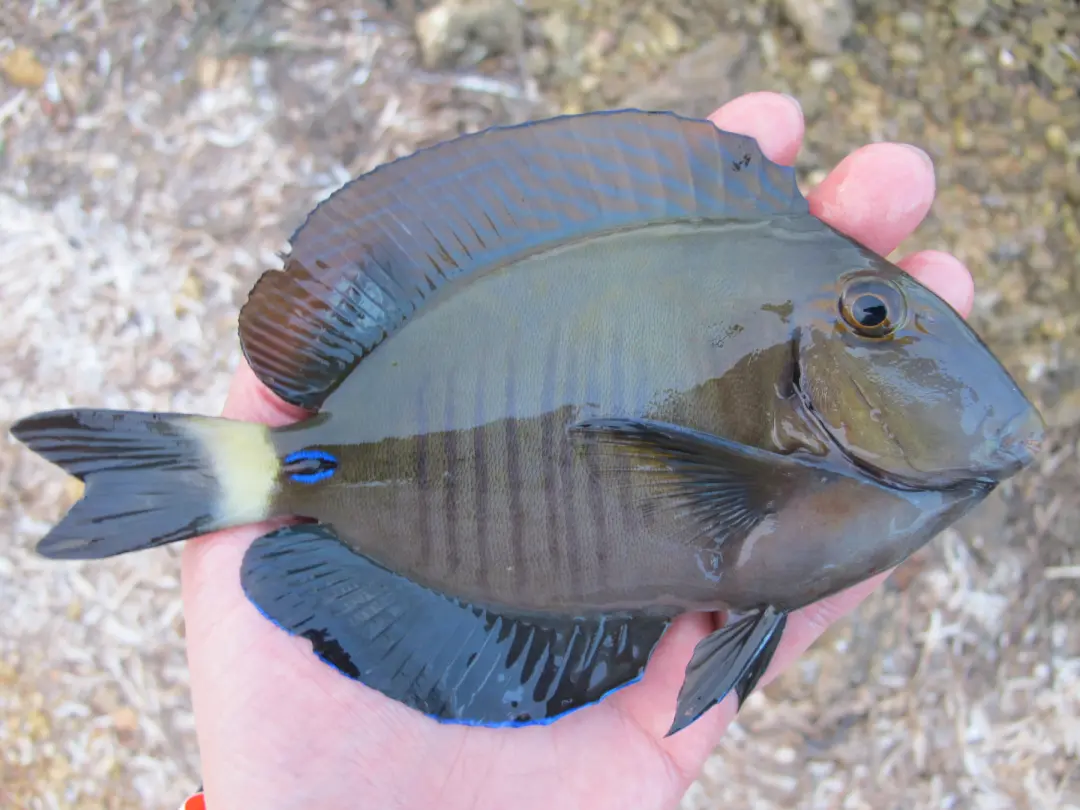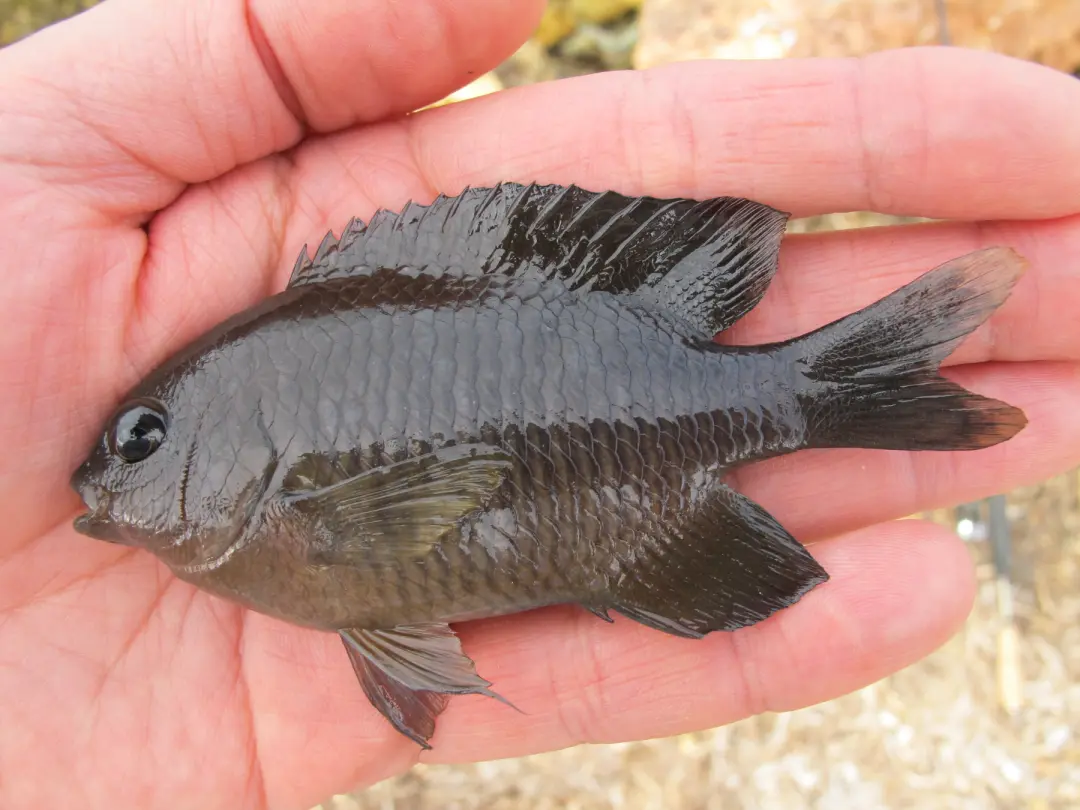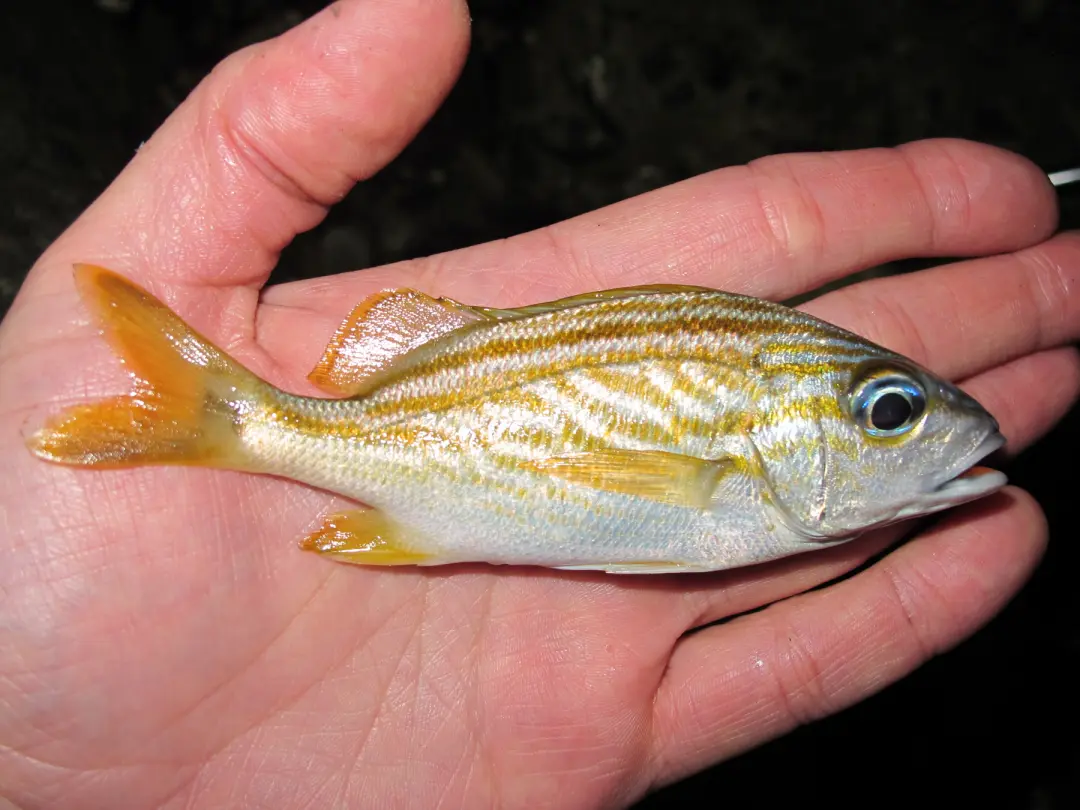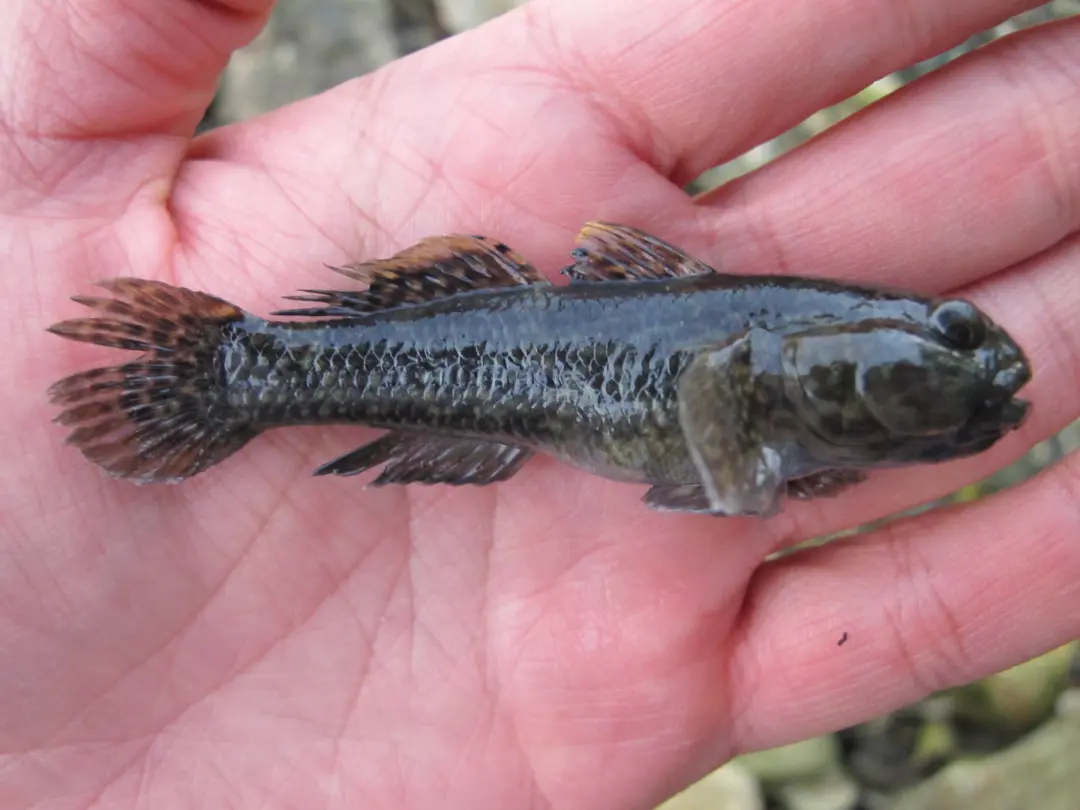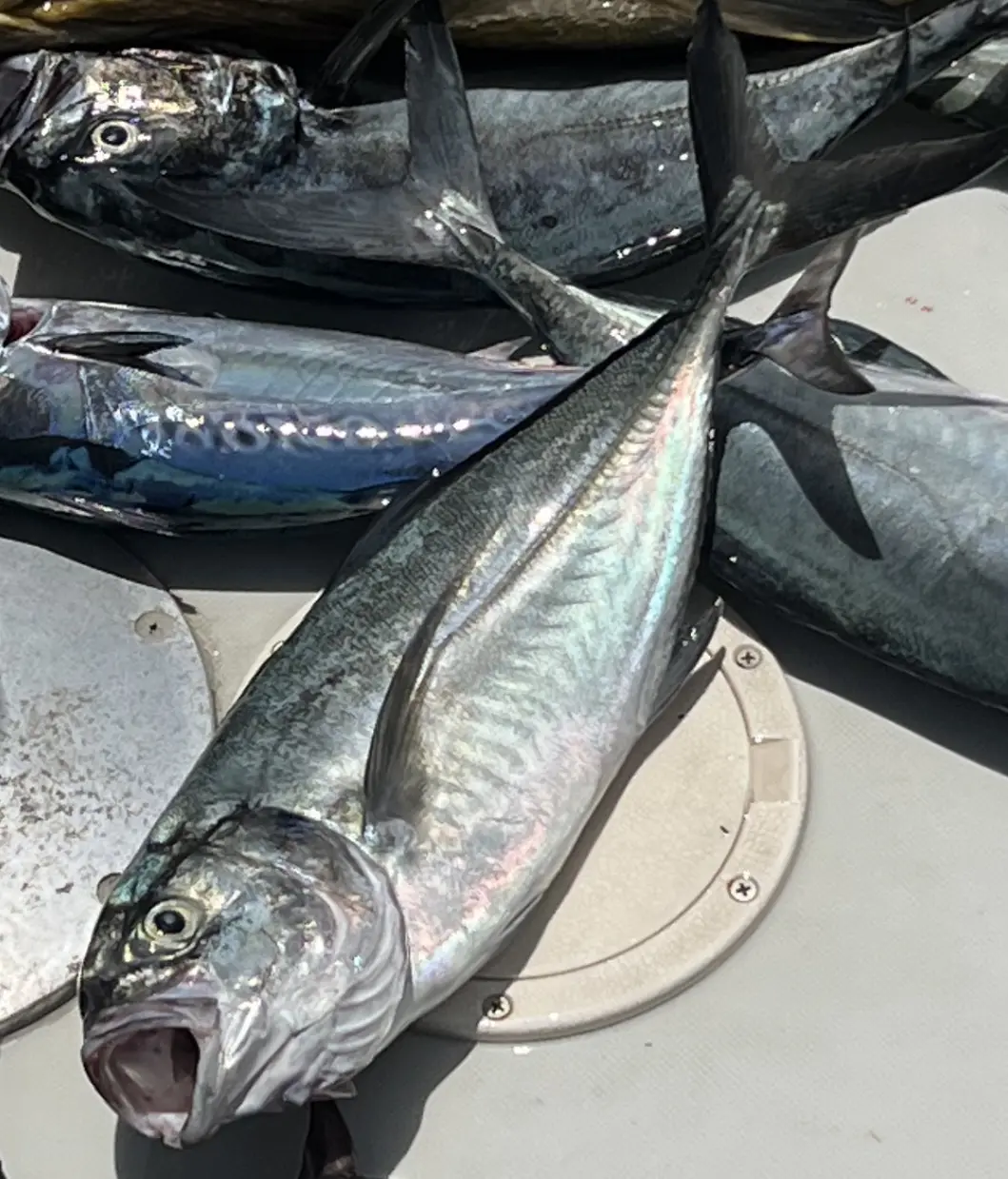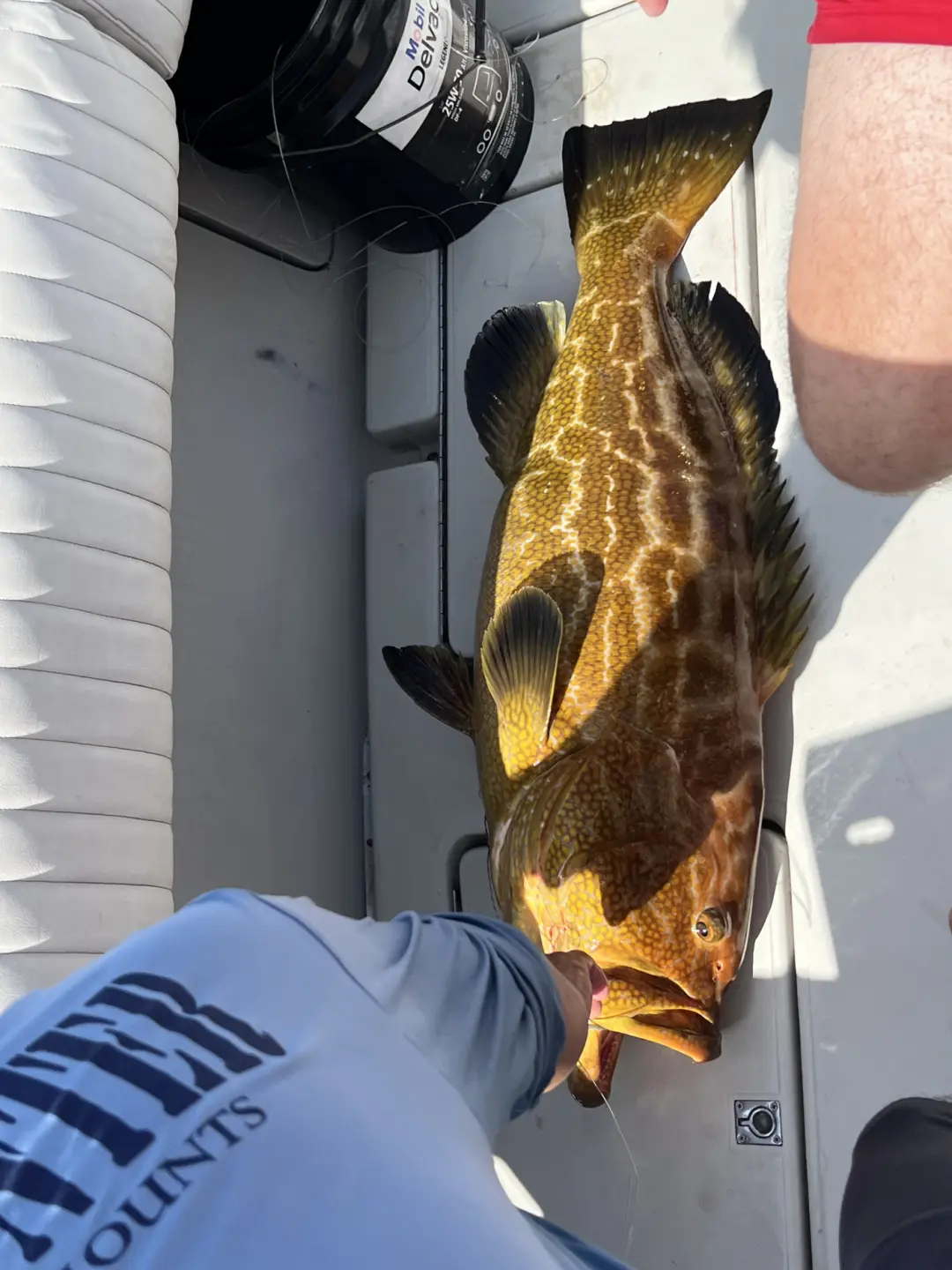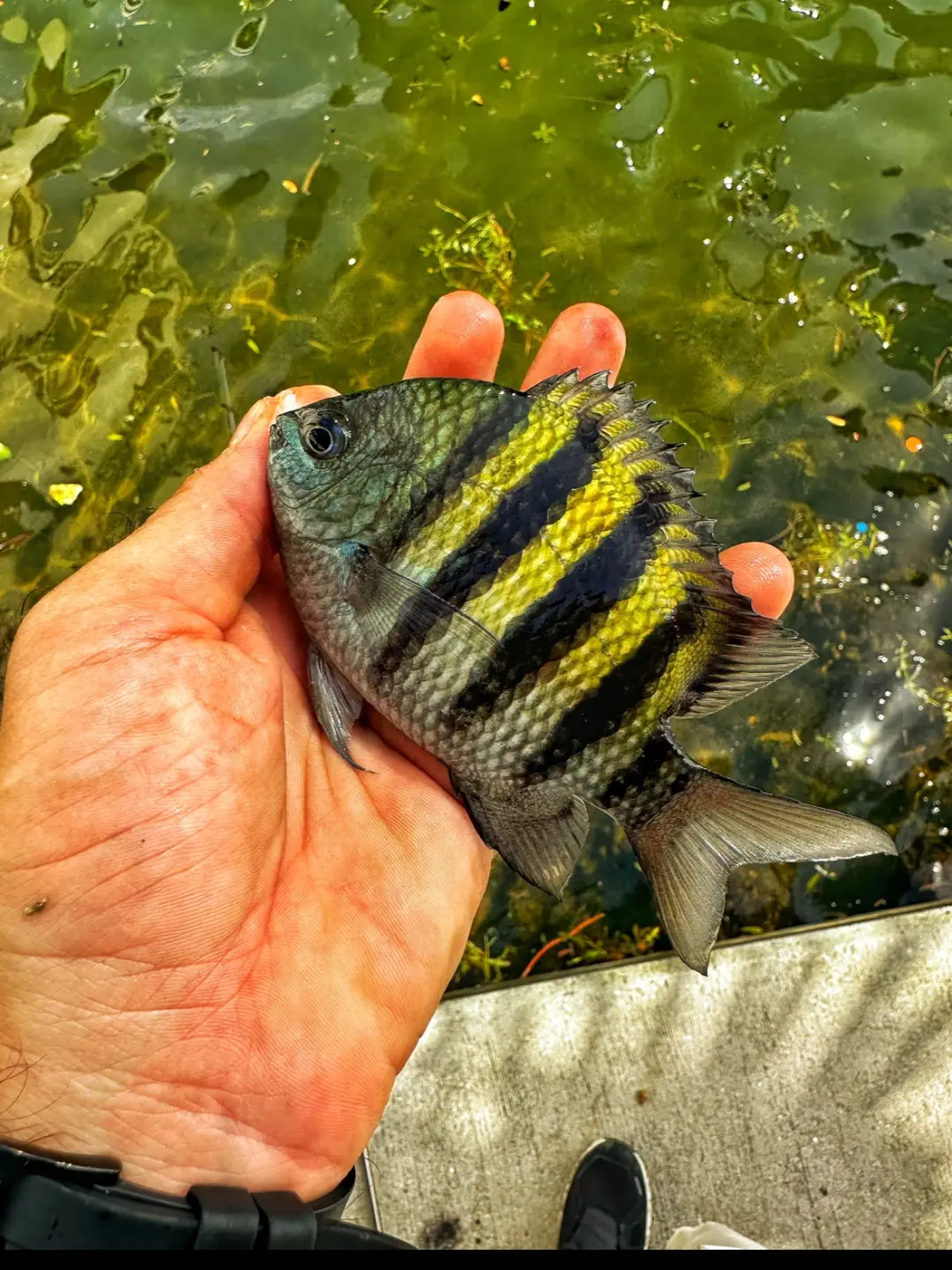Caribbean Sea
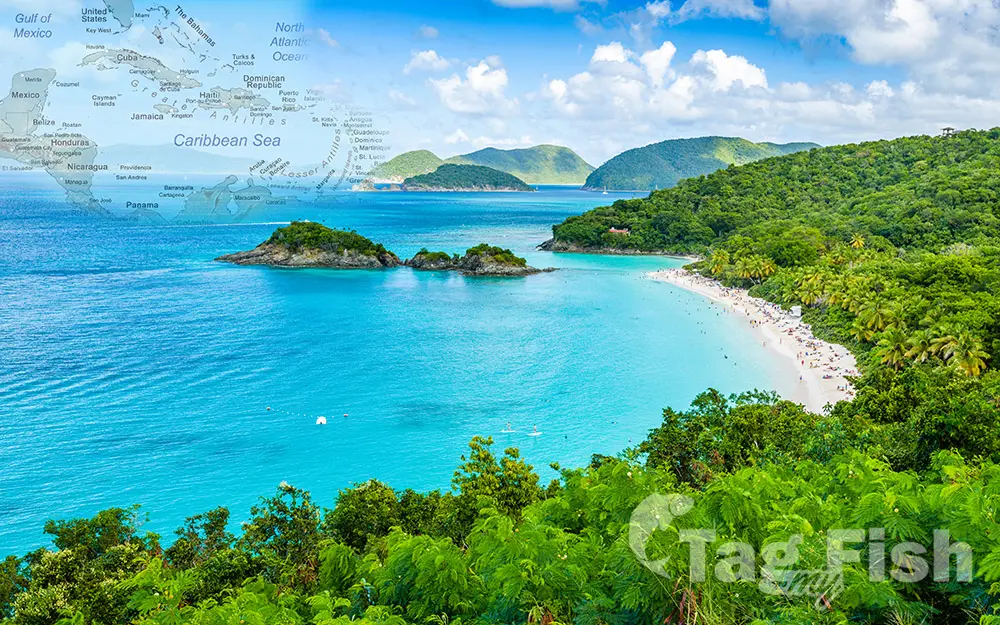
General data
- Name: Caribbean Sea
- Water system: Atlantic Ocean
- Water type: Sae
- Progression: Atlantic Ocean -> Planet Earth
- Climates: Tropical, Subtropical
- Continents: North America, South America
- Countries: Anguilla, Antigua and Barbuda, Aruba, Bahamas, Barbados, Belize, Colombia, Costa Rica, Cuba, Dominica, Dominican Republic, Grenada, Guatemala, Guyana, Haiti, Honduras, Jamaica, Mexico, Nicaragua, Panama, Puerto Rico, Trinidad And Tobago, United States of America, Venezuela
Description
The Caribbean Sea is a sea of the Atlantic Ocean in the tropics of the Western Hemisphere. It is bounded by Mexico and Central America to the west and southwest, to the north by the Greater Antilles starting with Cuba, to the east by the Lesser Antilles, and to the south by the north coast of South America. The Gulf of Mexico is also nearby. The entire area of the Caribbean Sea, the numerous islands of the West Indies, and adjacent coasts are collectively known as the Caribbean. The Caribbean Sea is one of the largest seas and has an area of about 2,754,000 km2 (1,063,000 sq mi). The deepest point is the Cayman Trough, between the Cayman Islands and Jamaica, at 7,686 m (25,217 ft) below sea level. The Caribbean coastline has many gulfs and bays: the Gulf of Gonâve, Gulf of Venezuela, Gulf of Darién, Golfo de los Mosquitos, Gulf of Paria and Gulf of Honduras. The Caribbean Sea has the second largest barrier reef on the world, the Mesoamerican Barrier Reef. It runs 1,000 km (620 mi) along the coasts of Mexico, Belize, Guatemala, and Honduras.





